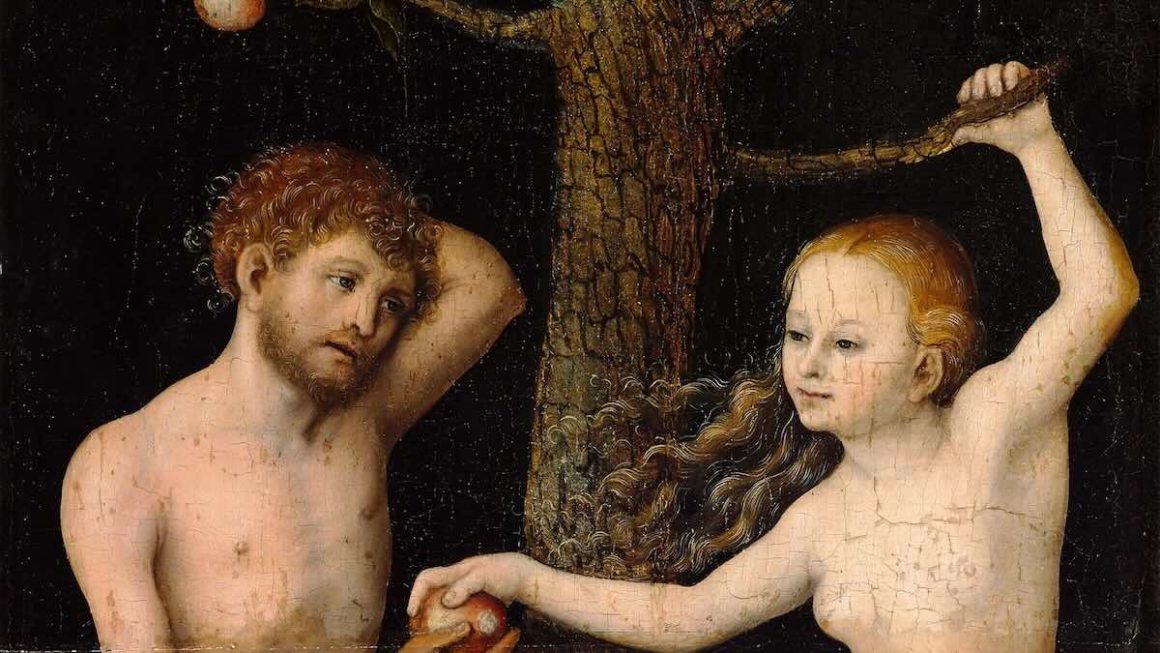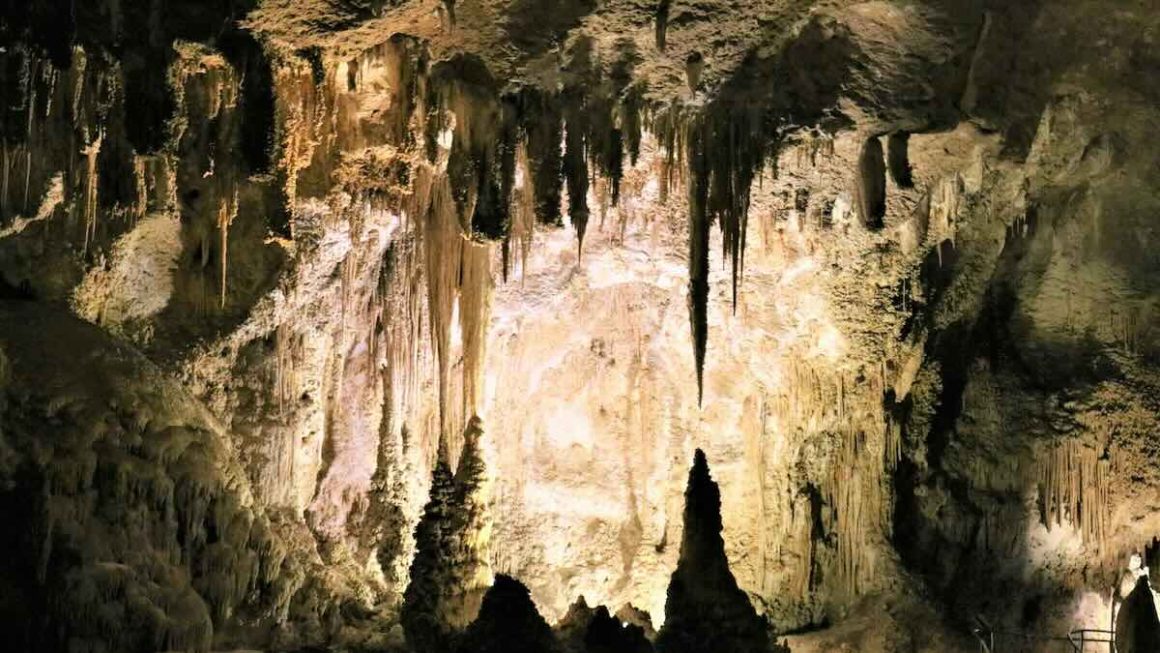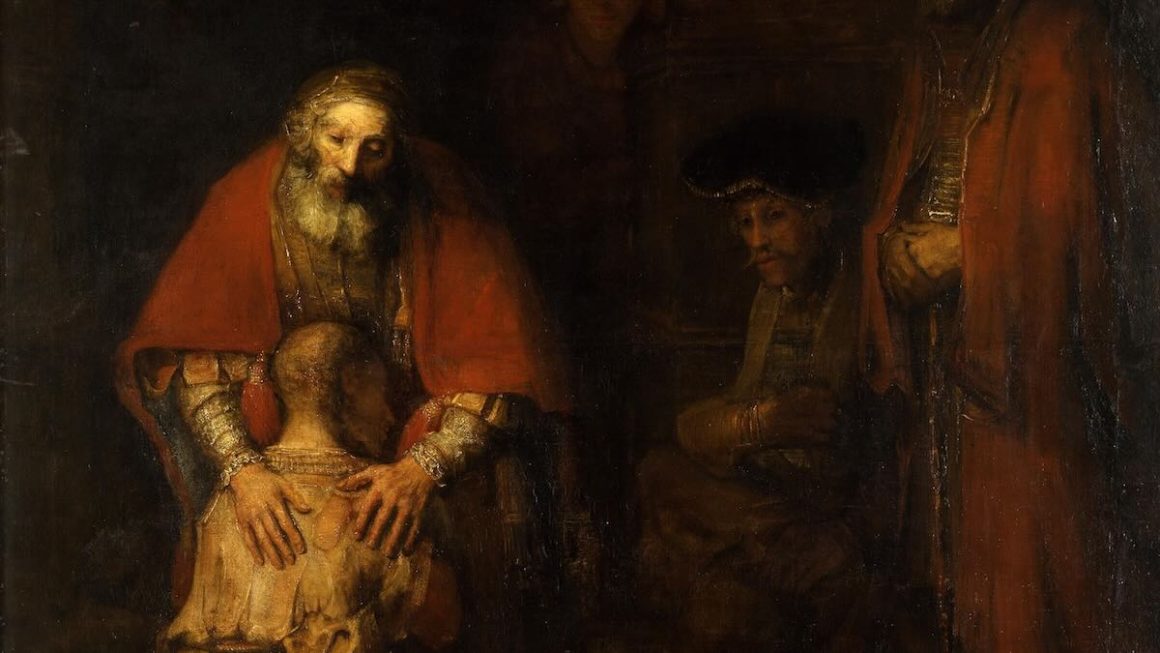Breathe. No, not like that. That isn’t breathing. That’s just the autonomous nervous system ticking over in low gear while you’re stuck in the traffic jam of life. BREATHE. Breathe in for a count of 3. Hold for a count of 4. Release for a count of 5. Rinse and repeat. That’s more like it… […]
We’ve all been raised with at least some awareness of the 7 deadly sins. What exactly are these sins, so fundamental to the Christian concept of original sin? Mark 7:20 contains one of Jesus’ most damning verdicts on the human condition—one of many. I don’t think I have ever heard anyone quote it. Matthew 15:10-20 echoes […]
In Matthew 6:25, Jesus tells us not to worry: “I tell you not to worry about your life. Don’t worry about having something to eat, drink or wear. Isn’t life more than food or clothing?” (Matthew 6:25 CEV) Yet now, more than ever, there seems so much to worry about. We live in a highly […]
We live in an age of anxiety. Yet few question why or where it comes from. I suggest the story of the Garden of Eden. After eating from the Tree of Knowledge of Good and Evil, Adam and Eve heard God walking in the garden. Frightened, they hid behind some trees. Genesis 3:10 As we […]
It’s easy to conceptualise heaven and hell as opposite ends of a spectrum; that we all sit somewhere in the middle, our proximity to the celestial realms or the pits of fire and brimstone determined by thought and deed as we make our way along the road of life. Jesus asks us—and we sometimes even […]
Chapter 1 of Genesis tells us we are made in God’s image. That means seeing through God’s eyes, in theory, at least. Here’s 1 Samuel: “For the Lord sees not as man sees: man looks on the outward appearance, but the Lord looks on the heart.” (1 Sam 16:7 ESV) Although we are made in […]
For over two decades, geographer James DeMeo [1] has offered evidence that patriarchy arose in the Middle East, North Africa, Arabia and Central Asia in the period following 4000 BC in response to long-term drought and desertification—the spread of desert conditions. Iraqi stalagmites provide evidence of this long-term drought. These early patriarchies coalesced into violent […]
In 1 Kings 17:1, the prophet Elijah announces a drought: “Elijah was a prophet from Tishbe in Gilead. One day he went to King Ahab and said, ‘I’m a servant of the living Lord, the God of Israel. And I swear in his name that it won’t rain until I say so. There won’t even […]
On the rocky road to creating ROCI21, I went through a painful process of emotional upheaval as all that was dysfunctional and damaged, old and outworn, surfaced in my life so I could accept, forgive, release it and grow towards Christ. During this time, as my life, job and friendships collapsed around me, I turned to […]
One day in 1983, Henri J. M. Nouwen, a Catholic priest and bestselling author, went to visit a friend. He was captivated by a print in his friend’s studio—a reproduction of Rembrandt’s painting, The Return of the Prodigal Son. The painting impelled Nouwen on a spiritual quest lasting almost a decade, which included visiting the […]










